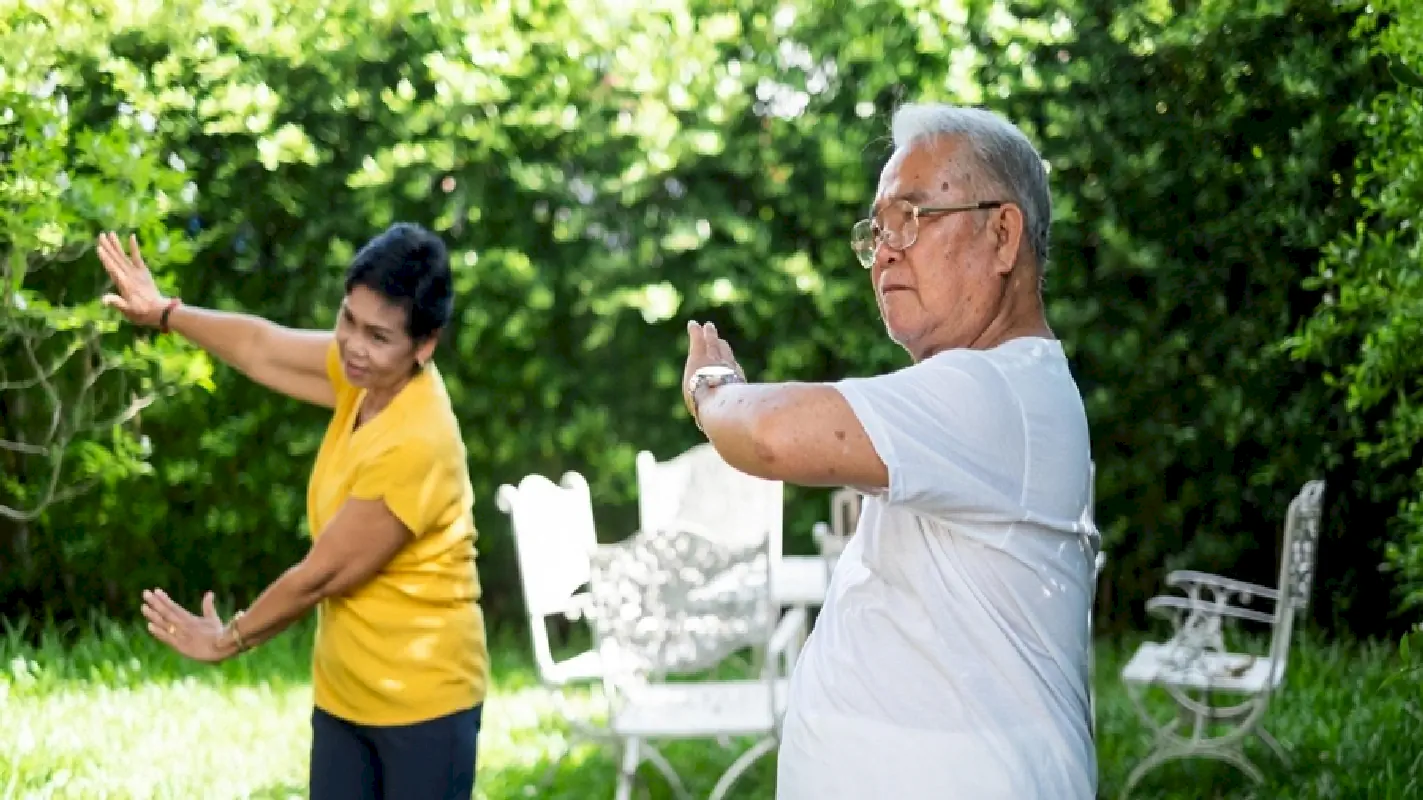Rudrapur, Uttarakhand March 6, 2024: Even people whose physical activity levels fall short of recommended guidelines, but who manage to do some during their leisure time, are likely to have a lower risk of stroke than their sedentary peers, suggests a pooled data analysis of the available evidence, published online in the Journal of Neurology, Neurosurgery & Psychiatry.
While international guidelines recommend 150 minutes or more a week of moderate intensity physical activity or 75 minutes or more of vigorous intensity activity to lower the risk of cardiovascular disease the researchers note that not many adults achieve this.
The effects are independent of age and sex, the findings show, prompting the researchers to suggest that everyone should be encouraged to do whatever level of physical activity they can manage in their leisure time.
To find out if lower levels of physical activity might still confer protection, the team analysed results of 15 studies involving 752,050 adults whose health had been monitored for an average of 10.5 years. Each study assessed the potential impact of between none, below target, and ideal and none, insufficient, low, moderate and intense, levels of leisure time physical activity on stroke risk.
Results showed that, compared with no physical activity, the highest ‘ideal’ amount cut the risk of stroke by 29 per cent, but that some ‘below target’ activity still reduced the risk by 18 per cent. Compared with none, a moderate level of physical activity cut the risk of stroke by between 27 per cent and 29 per cent.
The researchers suggest that everyone should be encouraged to do whatever level of physical activity they can manage in their leisure time.
Dr Raffaele Ornello from the University of L’Aquila, Italy, said: “According to our results, all levels of [leisure time physical activity] can be beneficial for stroke prevention, including levels currently regarded as low or insufficient People should be encouraged to be physically active even at the lowest levels.”



